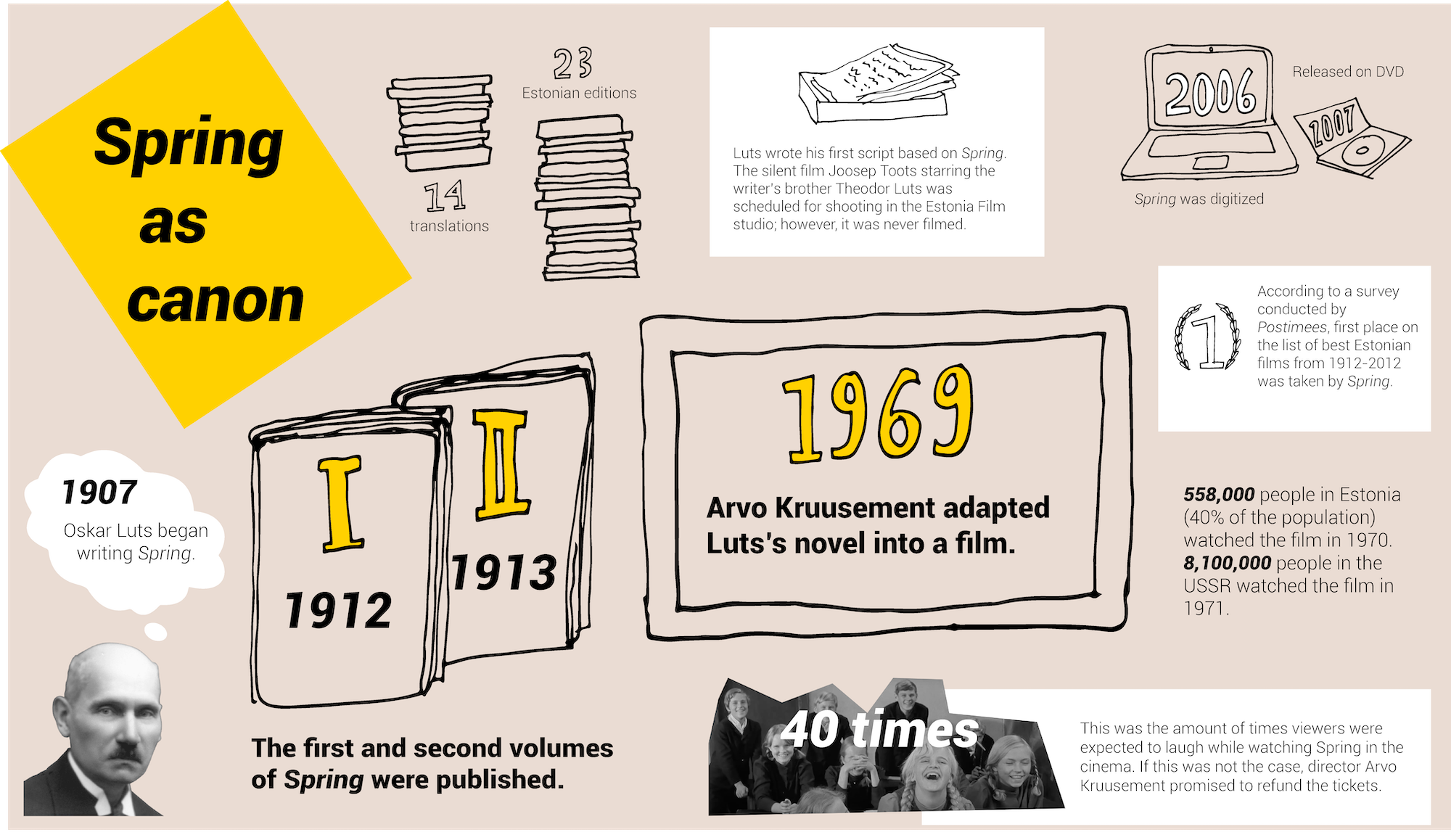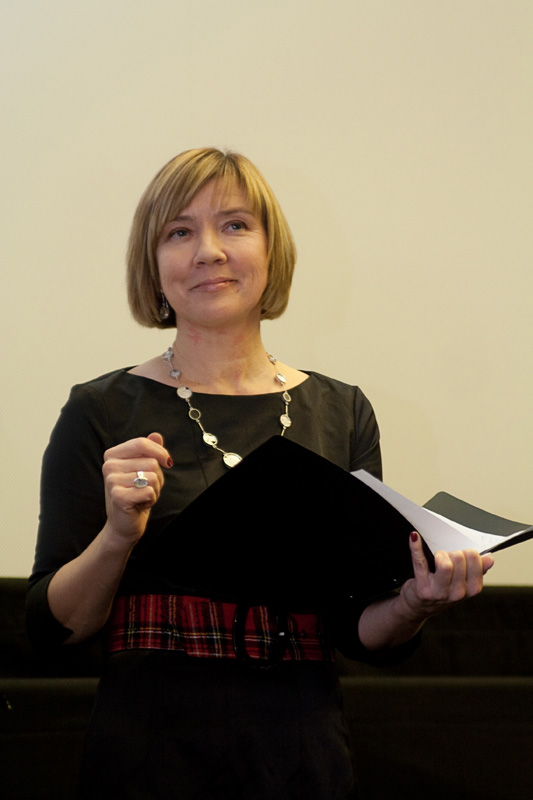What is canon?
The word “canon” derives from the history of religion. In a narrow sense, it refers to a text that has been considered sacred and must remain unchanged. Furthermore, “canonization” is also a term for the transformation of the martyrs of the Christian church into saints (ibid. 100). When the concept of canon was adapted to secular life, “canonicity” began to refer to a canon of classics. But unlike religious canon, the latter canon is not as fixed, and is more open to changes.
The role of canon is enormous. Not only does it help to preserve sacred texts, artistic masterpieces, or historical events, but it also forms the cultural identity of the given society. The canon thus conceived forms the basis for education and art: Canonical texts are performed on stages and in concert halls, exhibited in museums, and sold in bookshops. As a political instrument, the given canon helps in transmitting certain values and worldviews.
Due to its ideological functions, the canon is sometimes considered a tool of coercion that must be fought against. For instance, the representatives of feminism and postcolonialism have pointed out the unfair representation of different identities in canonical works. In order to reflect contemporary values, the canon has to gradually change and expand. However, it is important to think twice before discarding the texts that we may consider irrelevant, inappropriate, or outdated. It is not the purpose of literature to comply with a particular worldview. On the contrary, art offers us the magical opportunity to understand a position different from our own.







‘I believed in the success of Spring immediately after the film was completed! It is a film that was made honestly; I did not take into account anybody except myself. Already in 1972, when cultural awards were being distributed in Soviet Estonia, twenty jury members voted for Spring, while only Georg Ots, the vice-president of the committee, was in favour of Viimne Reliikvia (The Last Relic). Thereafter, the president of the committee, Gustav Ernesaks, said: “Pay attention, for Spring will live in the hearts of the people for a long time.”'
Eesti kultuuri täheatlas: sajandi film «Kevade» (“Star Atlas of Estonian Culture: Movie of the Century, Spring”). Postimees 2.06.2017.